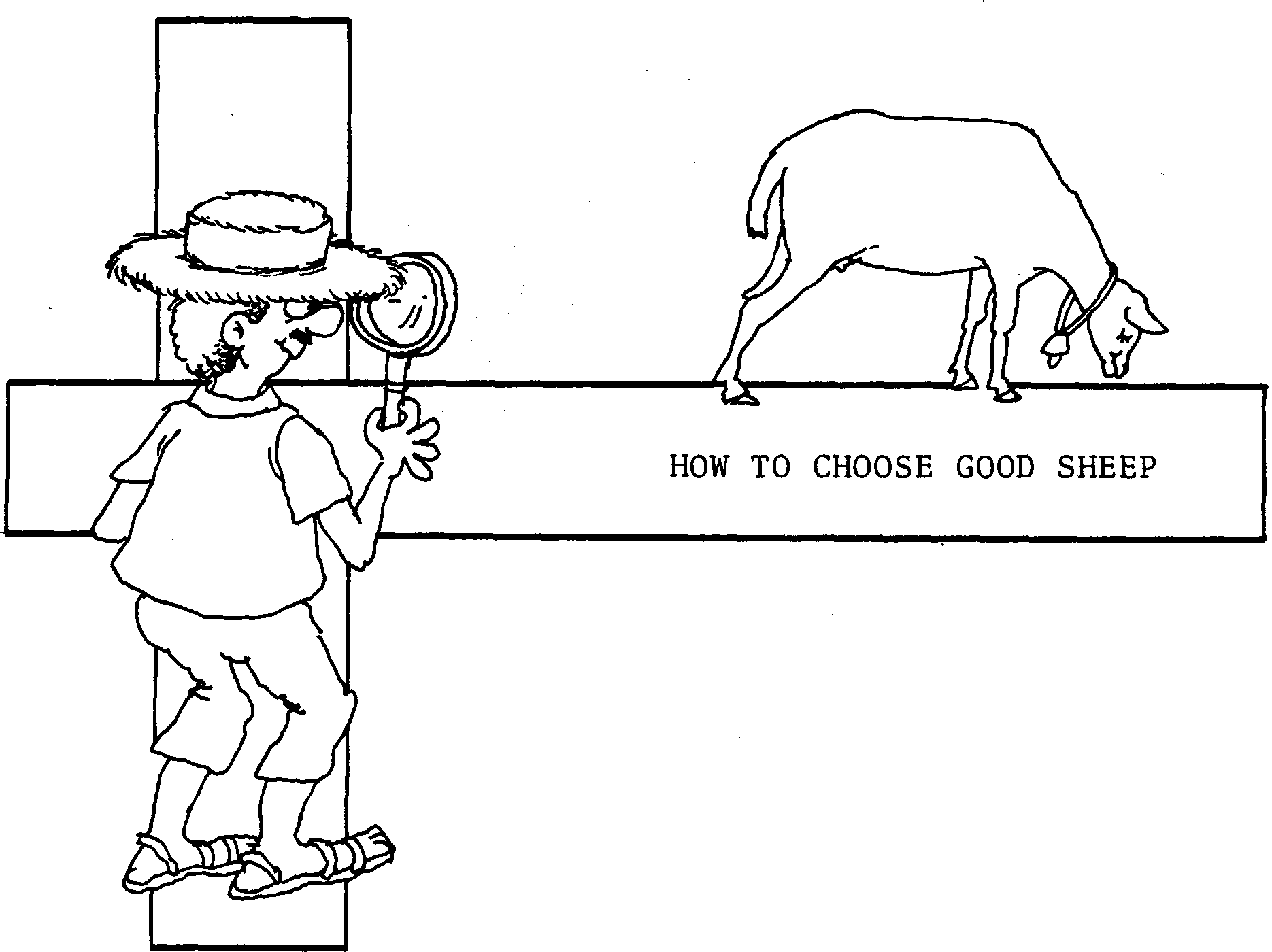
ORIGIN AND KINDS OF SHEEP
ORIGIN OF SHEEP
Sheep of different breeds were introduced in the Caribbean 300 years ago.
They came from Europe and Africa.
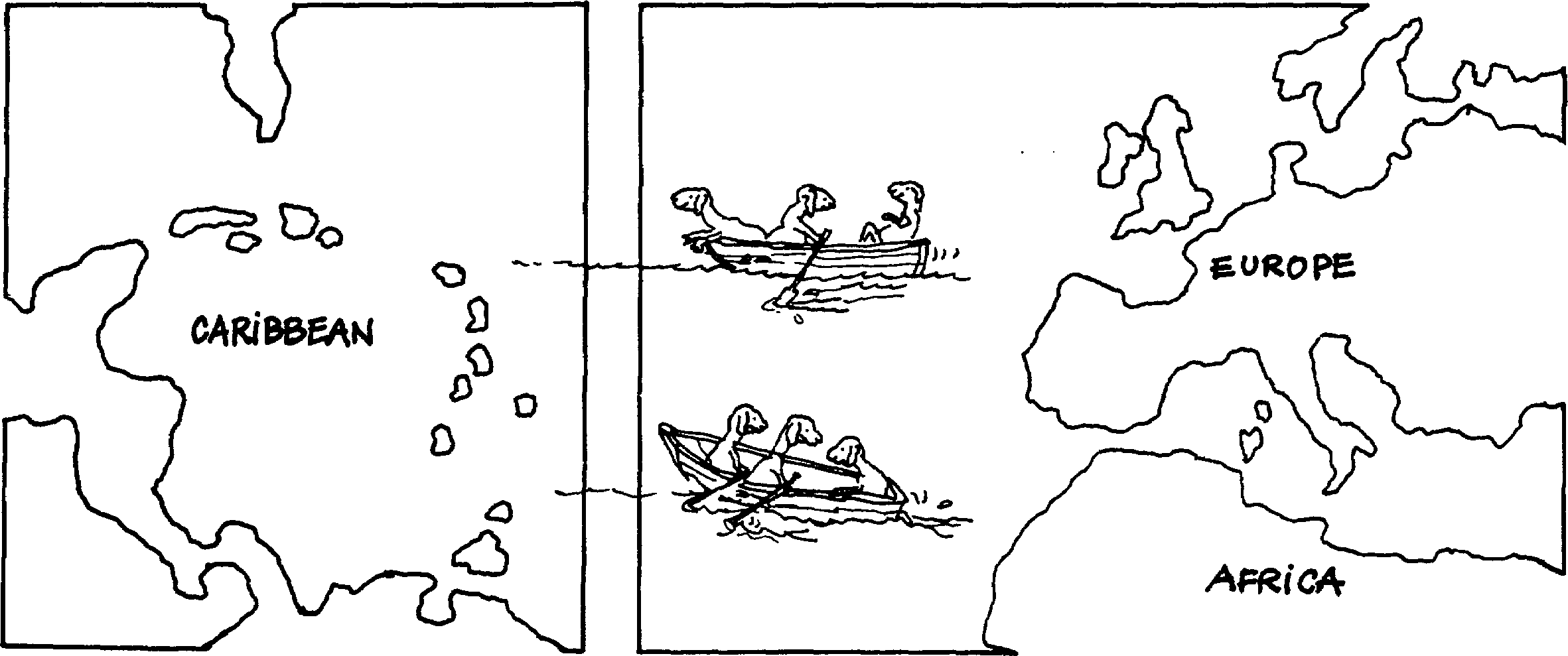
Sheep arrived from different countries, got together in the Caribbean and finally produced native sheep.

These kinds of sheep are easily raised and live without difficulty in the Caribbean.
THE NATIVE SHEEP
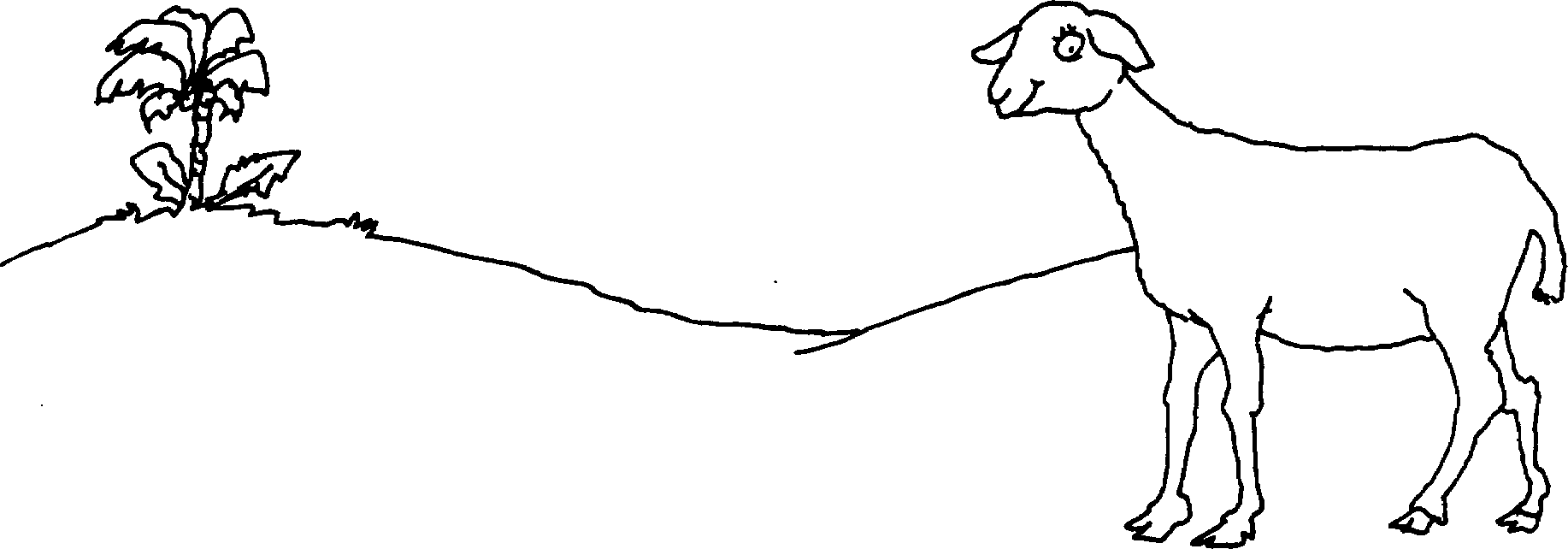
The native sheep is a hardy sheep and has adapted very well to local conditions in the Caribbean.
This is why sheep are so popular in the Caribbean.
HAIR SHEEP
Wool is not a good coat in a hot and humid climate.
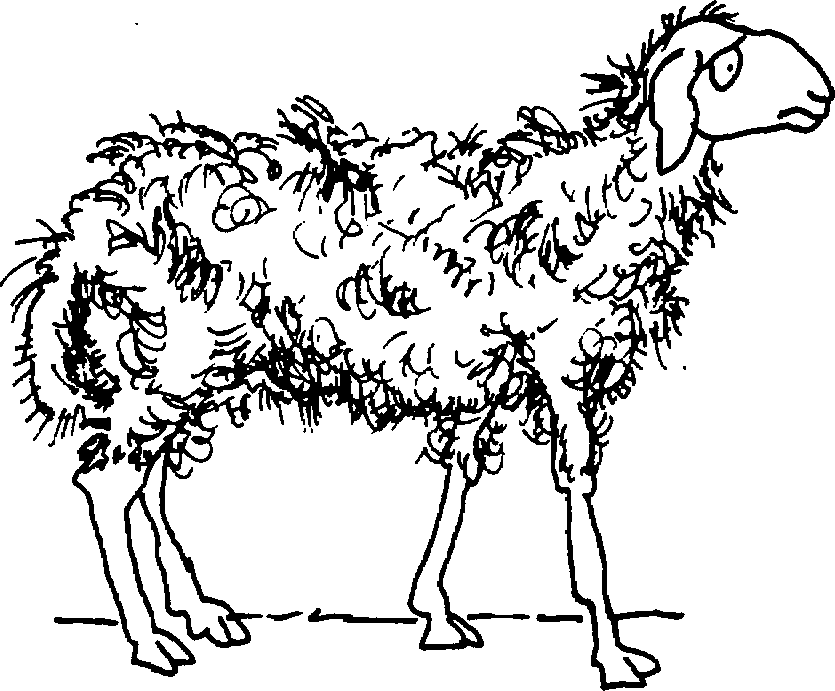
These sheep have lost their wool.
They are often called "hair sheep".
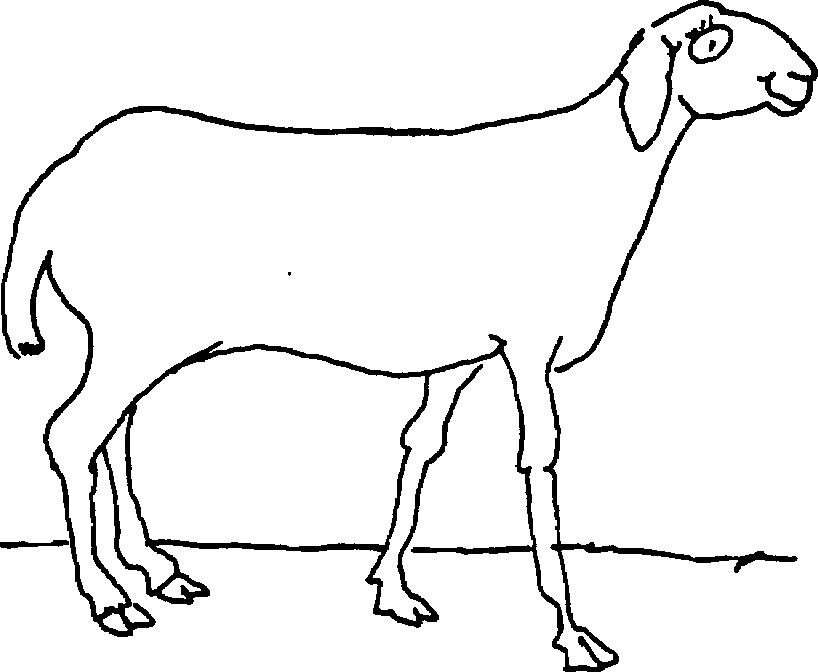
They are also called "tropical sheep" because they are well adapted to the tropics.
The hair sheep's outstanding feature is:
|
FERTILITY |
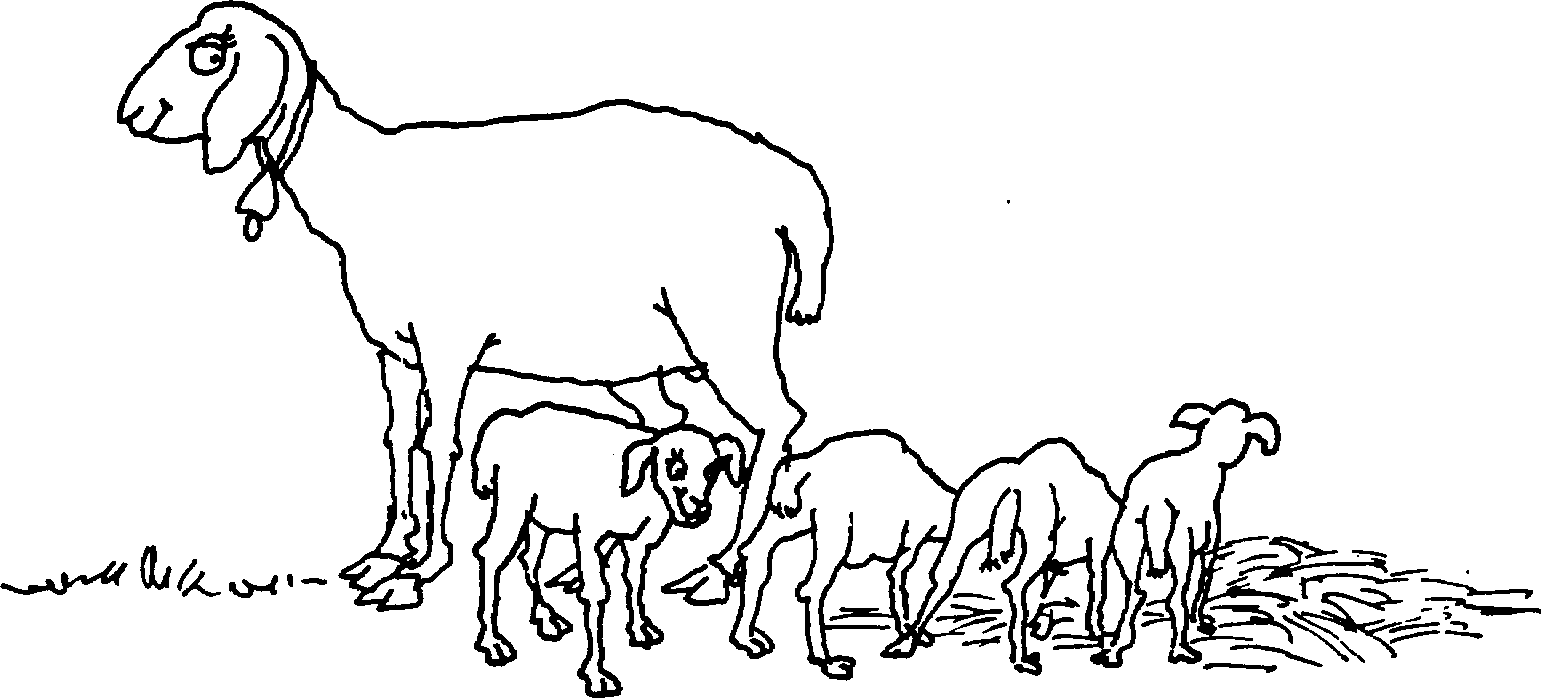
KINDS OF SHEEP
In the Caribbean there are different kinds of hair sheep, such as:
West African
Virgin Island Sheep
Bahamas Natives
Pelibuey
Blackhead Persian
Tabasco
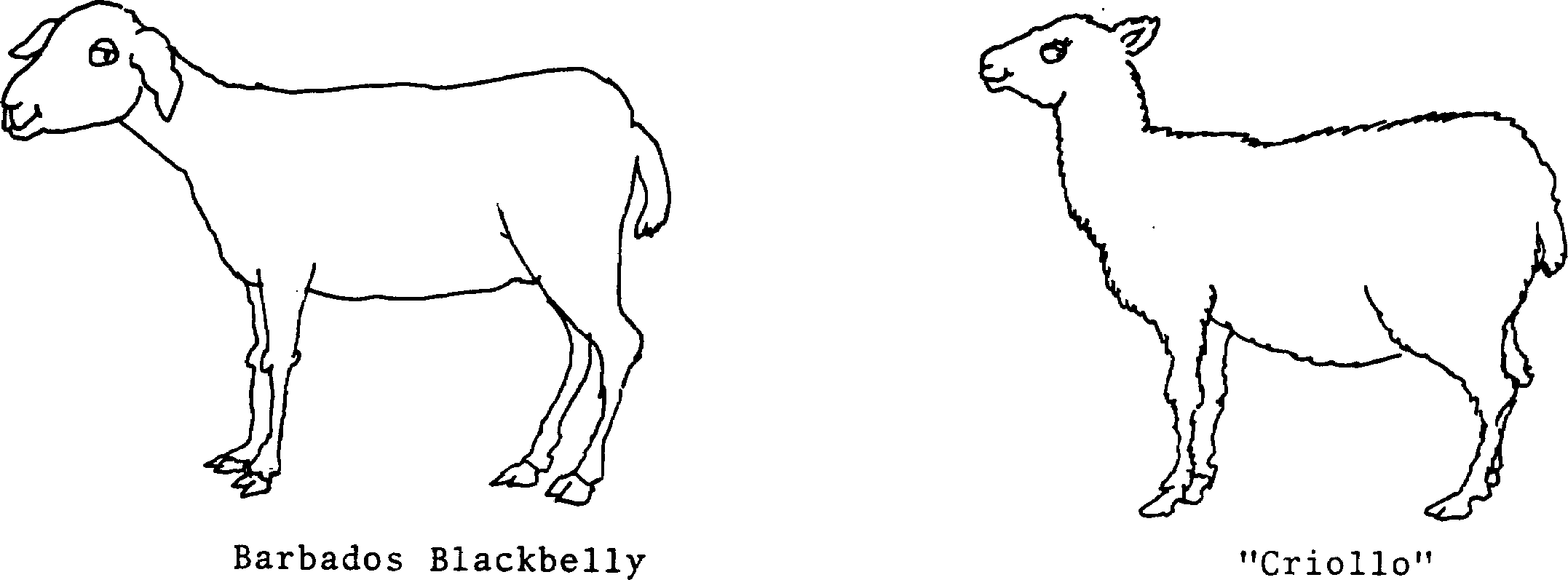
Let us see how much you have learned
Fill in the blanks with the correct word:
Answers to page 23:
CHOOSING GOOD SHEEP
What can you do in order to have good productive sheep ?
First: Select good animals.
Second: Breed them well.
Third: Raise and feed them properly.
Why select good animals?
Good sheep assure you a superior production. This means: healthy lambs and high quality meat.

Poor sheep produces loss in forage, time and money.

It is important to select animals
If you have a large herd, you can select breeding stock from the ones you raise.

If you want to buy sheep, you have to choose a young healthy animal.
|
In both cases you need to distinguish a good sheep from a poor one. |
How can we know a good sheep from a poor one?
This is a good sheep.
It has: bright eyes
shiny coat
large body
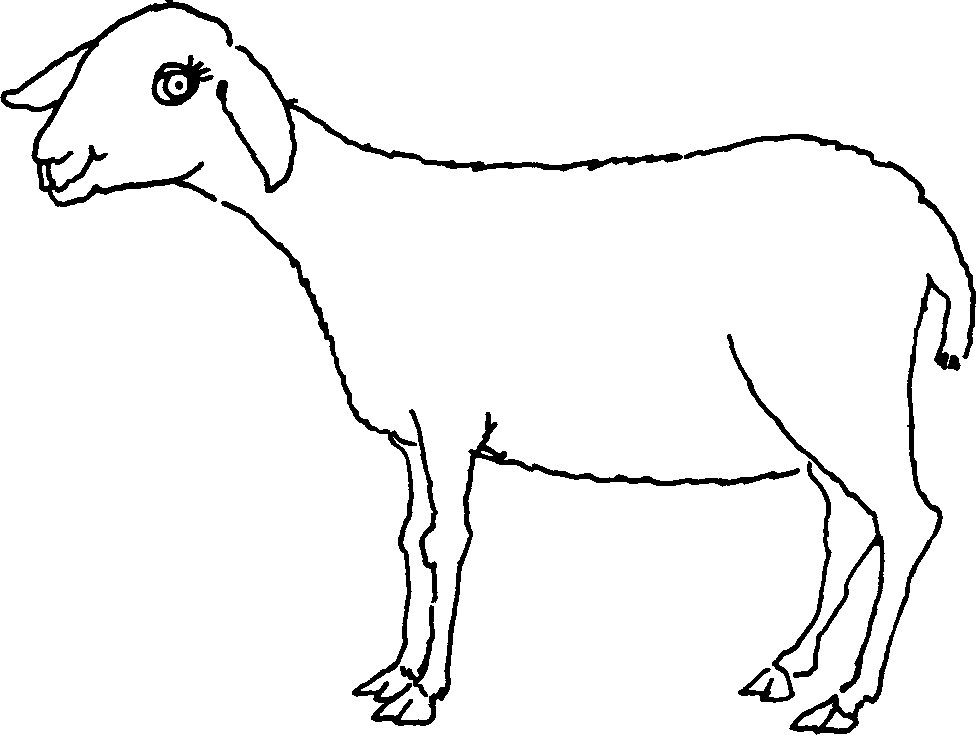
This is a poor sheep.
It has: cloudy eyes
dull coat
small body
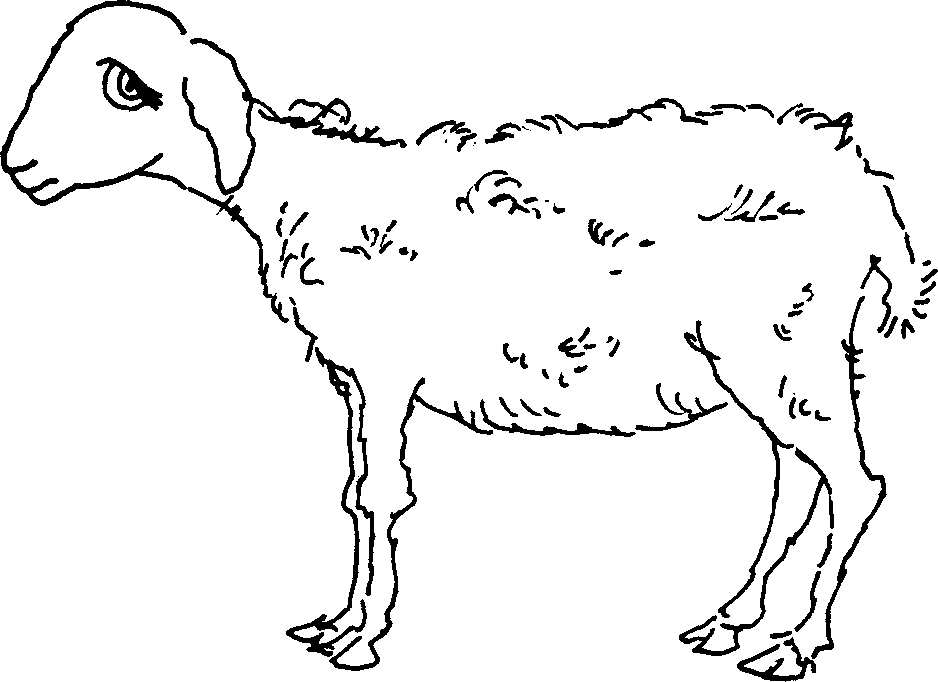
CHARACTERISTICS OF A GOOD SHEEP
A healthy sheep has the skin free of sores and dandruff.
A good sheep is medium or large framed.
A good sheep has straight legs.
A good sheep has strong healthy feet.
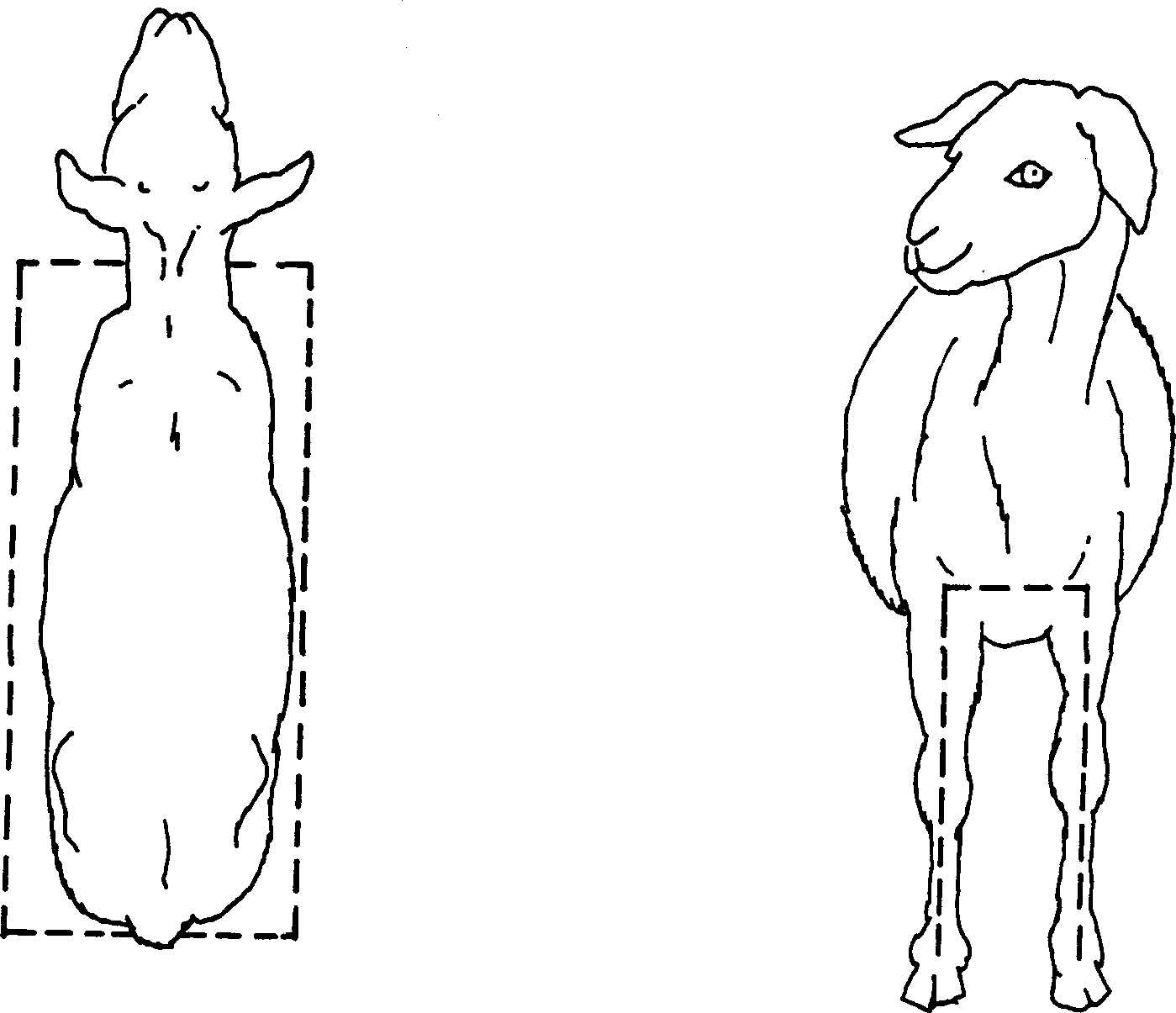
Which sheep would you choose:
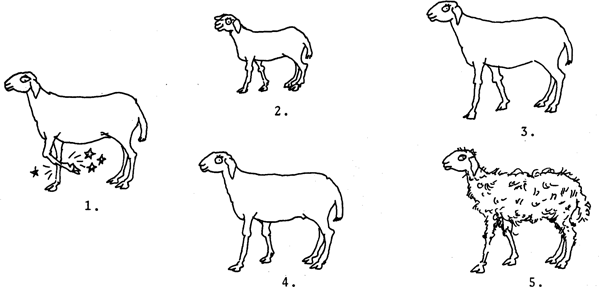
|
If you are a good observer, you will make a good choice. |
Answers
Either 3 or 4 are a good choice. Looking at their teeth we will know the age, and decide which to select.
Sheep 1 is lame, it could not find food easily.
Sheep 2 is too small, this means poor meat yield.
Sheep 5 has wool, she may be a poor producer.
A good sheep has
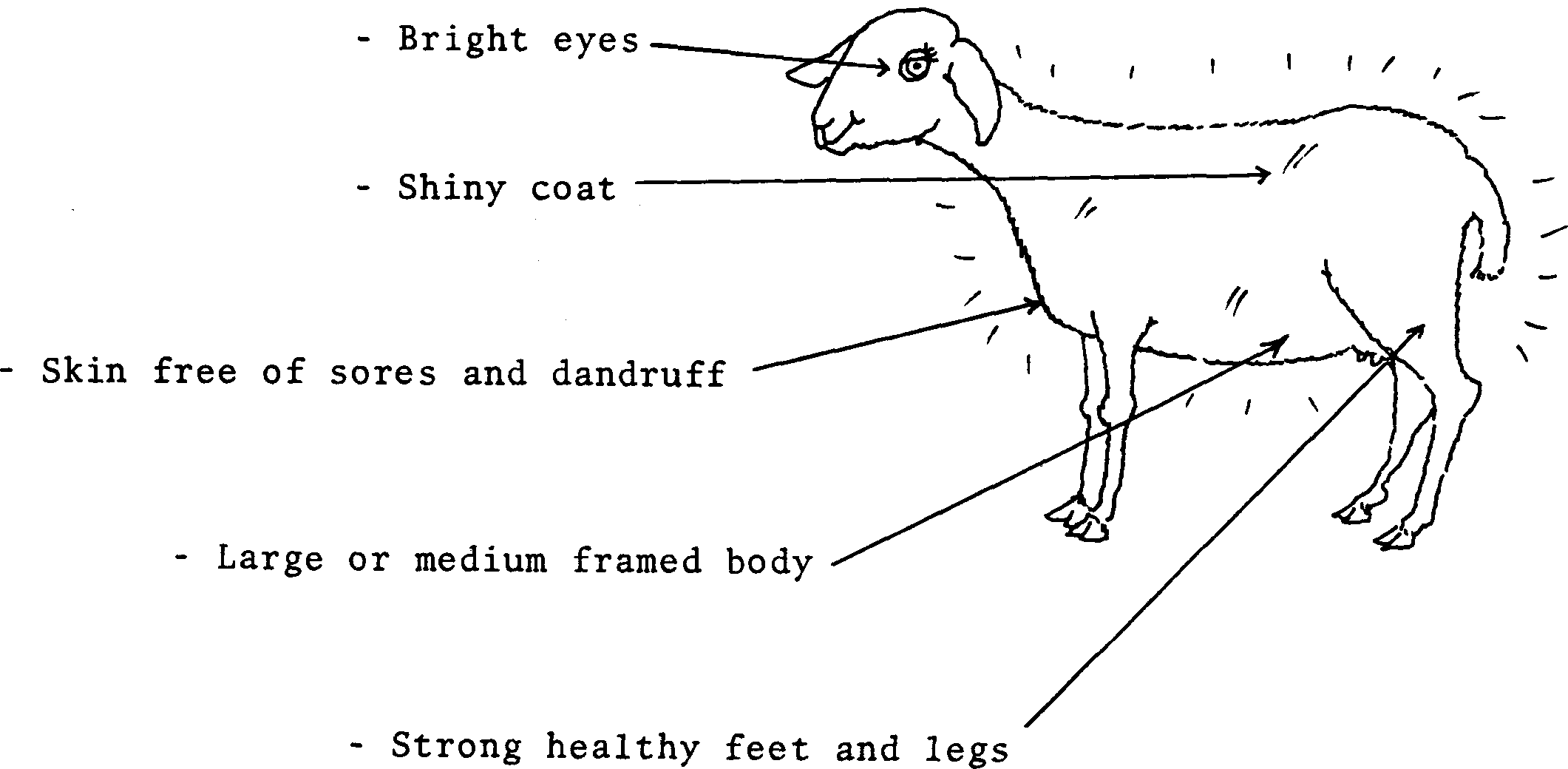
Sheep are for meat
So, pay special attention to the body.
It should have:
- Wide loins, good legs
- Rear legs with a large round deep down to the hock to produce a good leg of lamb.

Please underline the correct answer
A good sheep has :
Answers to page 34:
A good sheep has:
1)
bright eyes
2)
shiny coat
3)
clean skin
4)
healthy feet
5)
large loin
6)
large or medium
framed body7)
straight legs
The age of sheep
You know the age of sheep by looking at their teeth
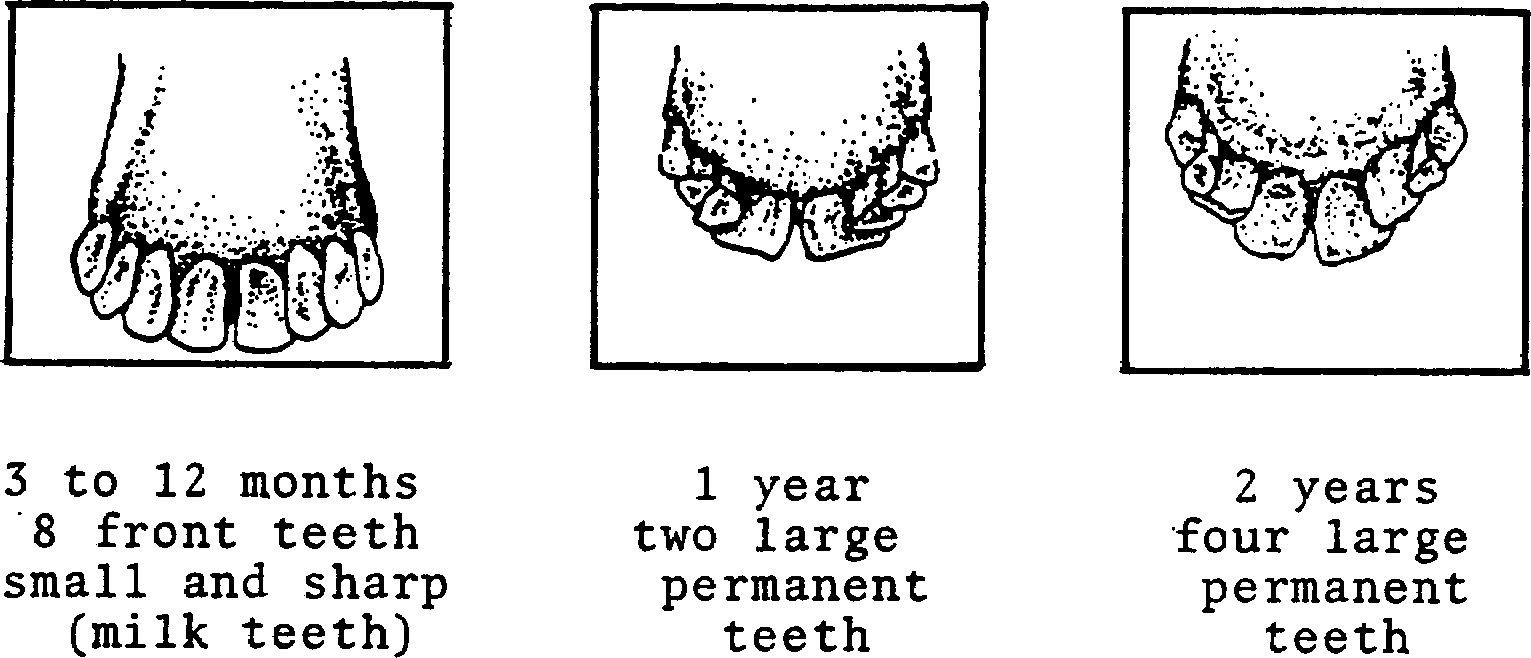
From 3 to 4 years old, sheep have 6 permanent teeth.
From 4 to 5 years old, they have 8 permanent teeth (full mouth).
After 5 years old, teeth wear out, they spread apart, they become loose and some fall out.
Test on age of sheep
Have a look at these teeth.
What age may the sheep be?

Answers to page 37:
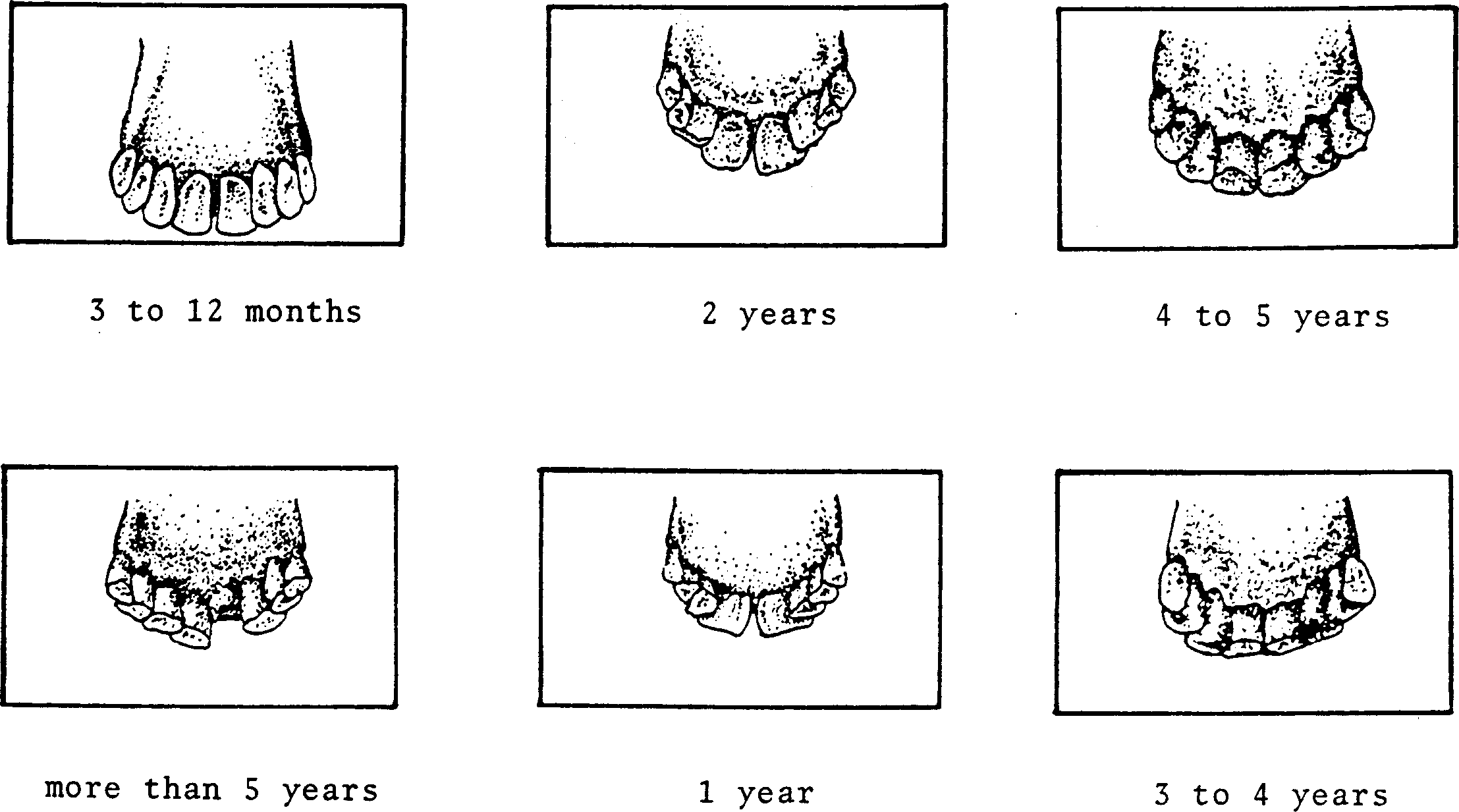
Principal characteristics of a good ewe
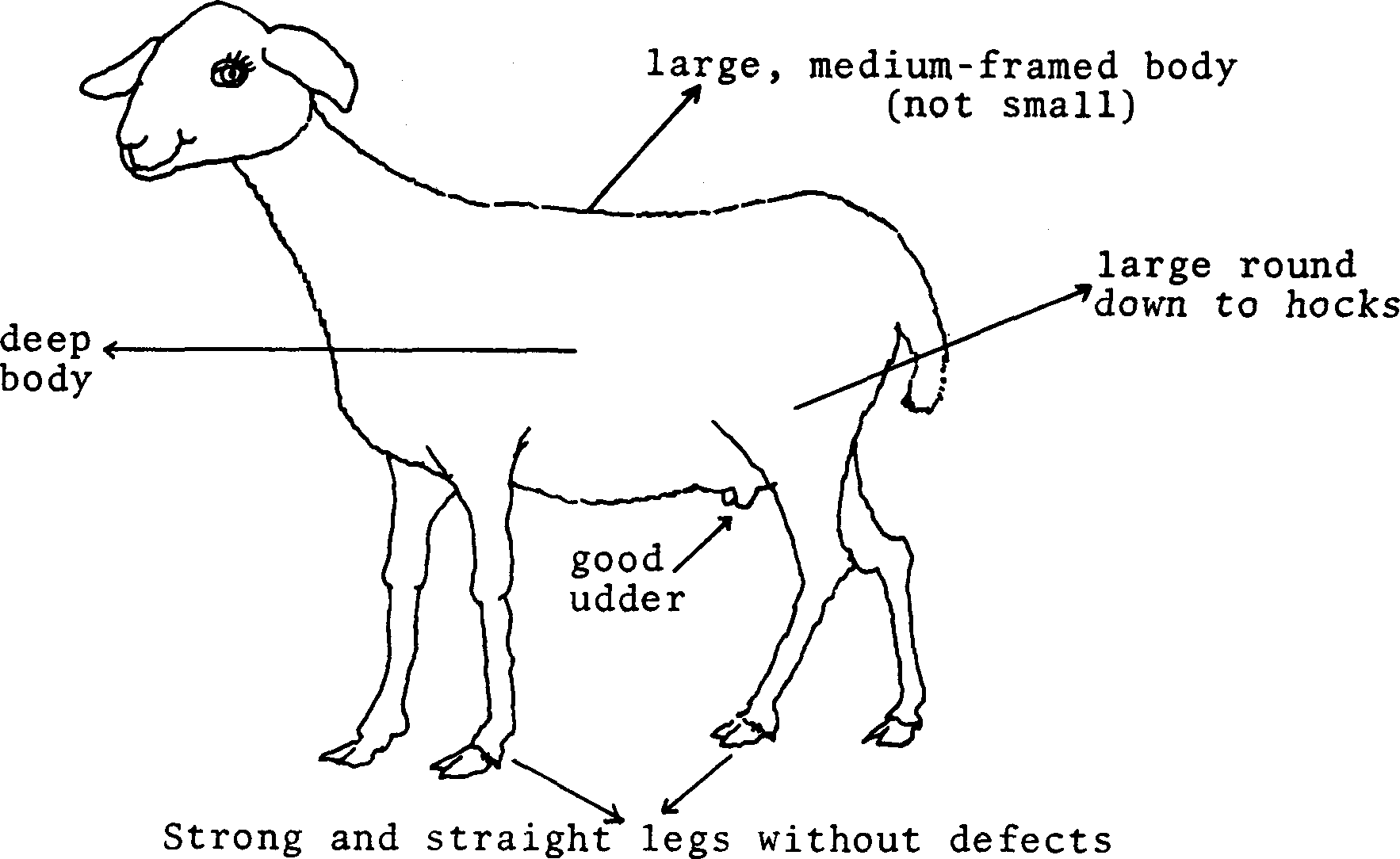
Udder and teats are not large as in milk goats.
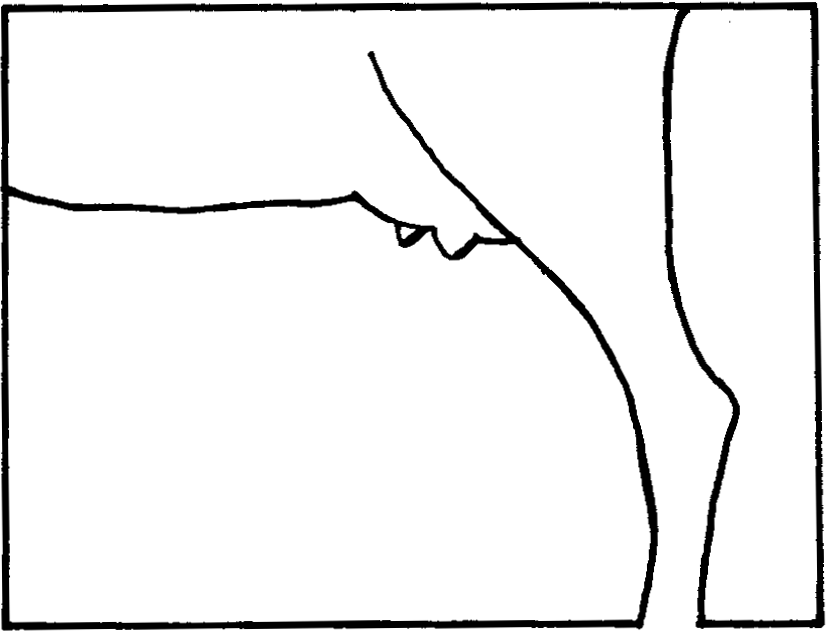
Udder should be without hard places, warts, sores or scars.
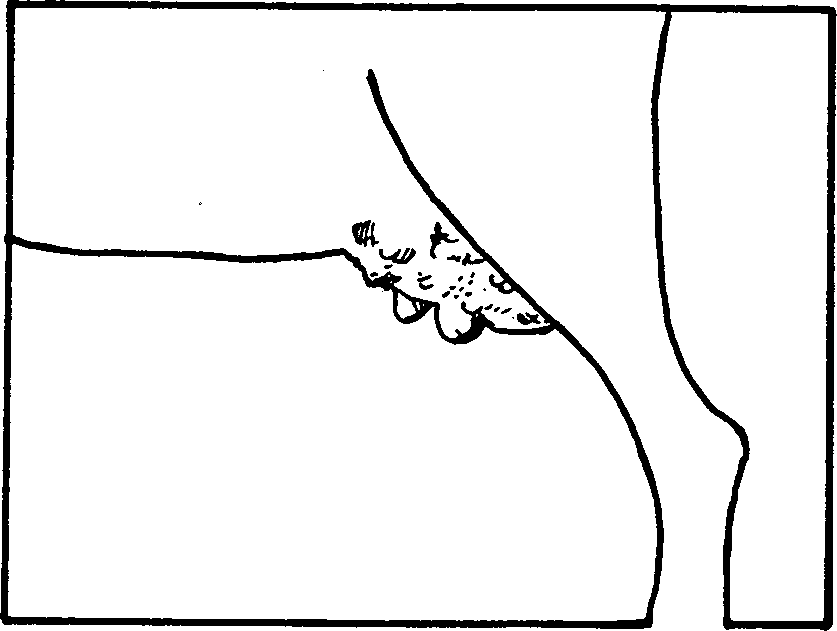
A good ram
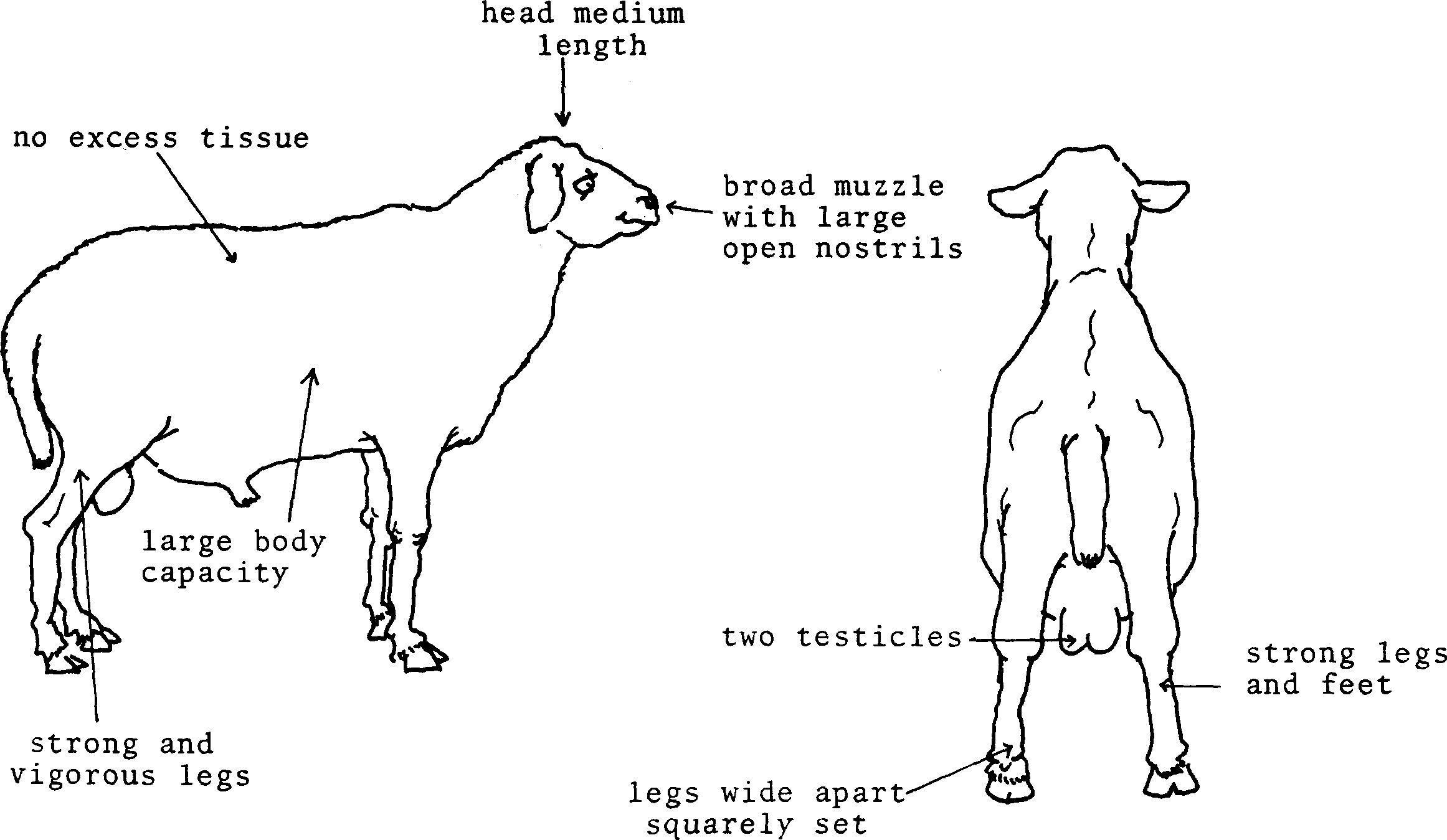
BUYING SHEEP
What to buy if you have money for one or two sheep?
- a one or two year old ewe
good
- a lactating young ewe
better
- a pregnant young ewe
best
|
Select your animals from a well known herd. |
Do not buy
lambs: because they might die.
fat sheep: because they are poor breeders and they give little milk.
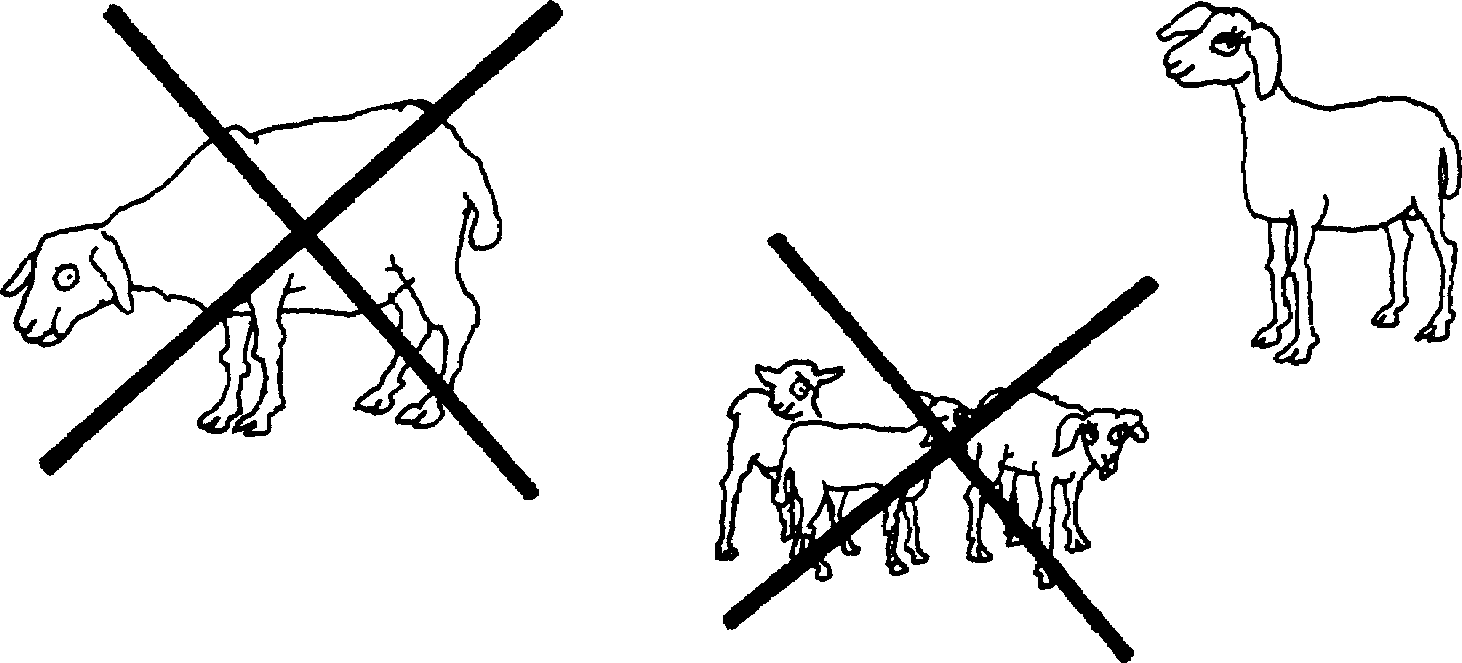
Do not forget
|
Ask for a health certificate |
Sheep for replacement
- keep sheep that grow faster
- keep lambs with a high weight at birth
- keep lambs of multiple births, if their parents have other good traits
Remember
|
Offspring of highly productive animals will probably be highly productive. |
Answers to Test N°1